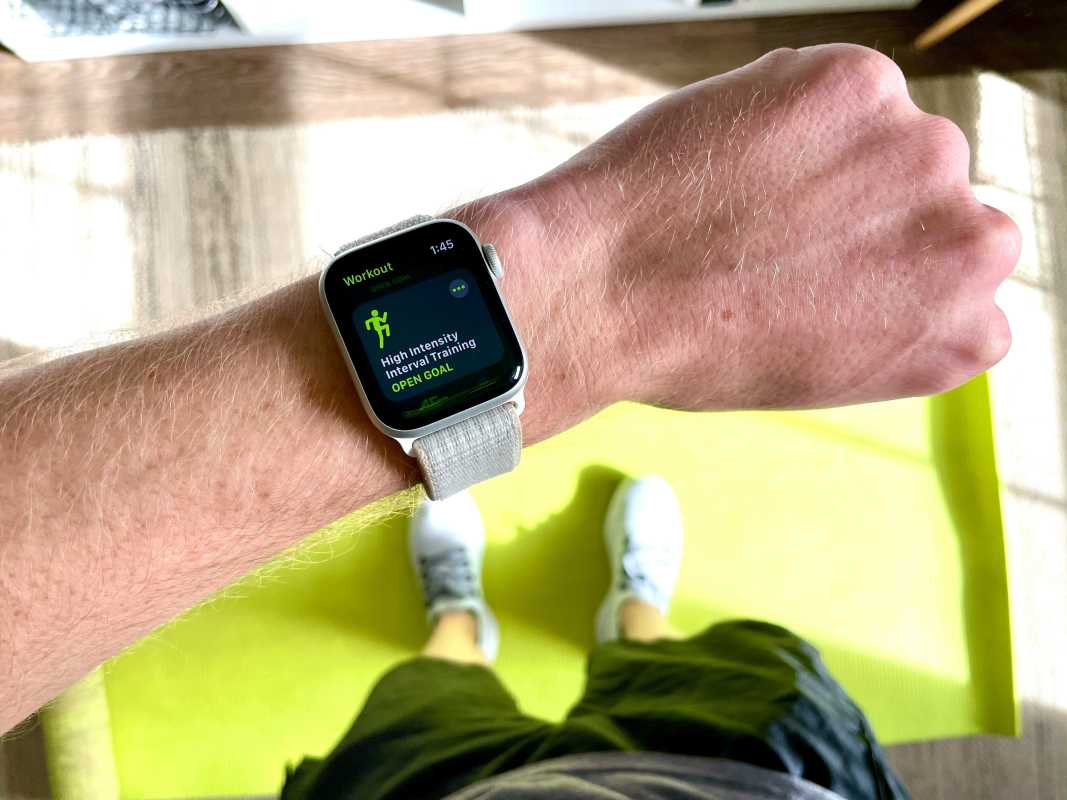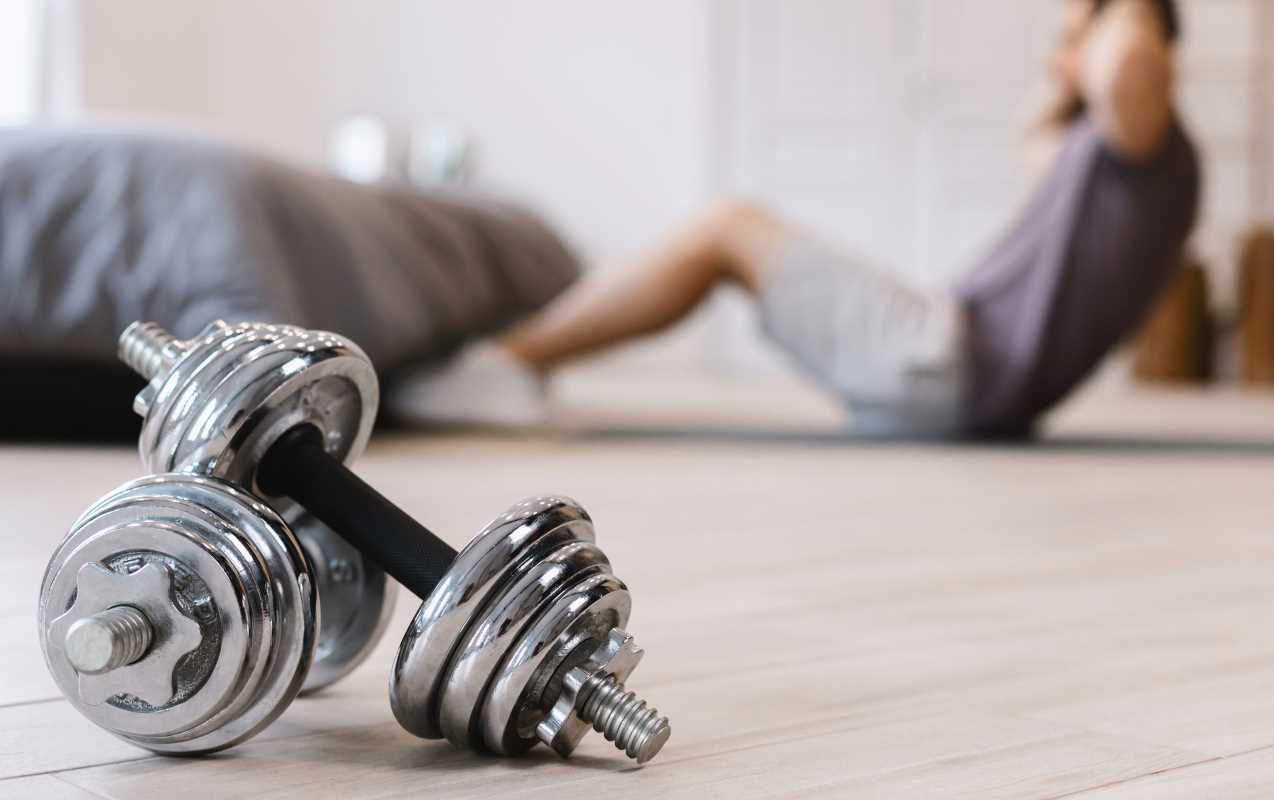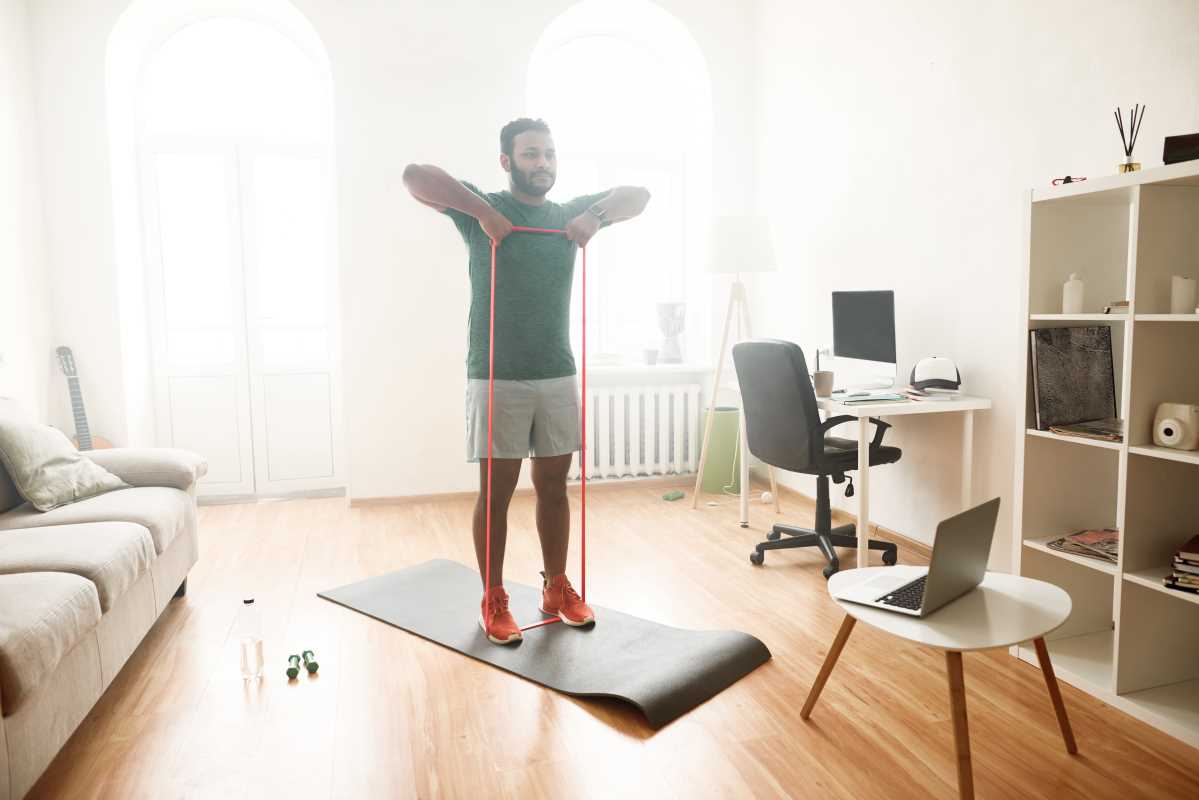Short, intense bursts of movement can deliver impressive results even when you have limited time. High-intensity interval training, or HIIT, relies on quick efforts followed by brief recovery periods, creating a powerful combination that keeps your body burning calories long after your workout ends. By thoughtfully timing these bursts and arranging them in an effective sequence, you set off a chain reaction that continues to benefit your metabolism and fat loss throughout the day. As you explore how to structure a HIIT routine, you’ll discover simple ways to make the most of every minute, no matter how busy your schedule may be.
The Hidden Advantage of Short Intervals
Minute-long pushes make your body tap into fuel reserves in unexpected ways. When you increase tension, muscle fibers fire in sequence so that energy demand spikes immediately and then stretches out, even as you catch your breath. This silent aftereffect helps keep your metabolic furnace burning as you sit at your desk or relax on the couch.
Your heart adapts to bursts more efficiently than steady-state activity. Cutting workout time down to eight or ten minutes doesn’t reduce returns—tight work-rest cycles provoke stronger hormonal responses that linger. It’s the technique, not the total minutes, that triggers a cascade of calorie-burning mechanisms.
Practical Steps to Increase Intensity
- Interval Planning: Purpose: create specific work and rest phases to trigger fat oxidation. Step-by-step: choose 20 seconds of effort, 10 seconds of rest; set a timer; record rounds; adjust if you keep the same pace past five rounds. Cost: free timing app or any stopwatch. Availability: most phones include timer functions. Insider tip: shuffle movement order each session to keep muscles guessing and avoid adaptation plateaus.
- Exercise Pairing: Purpose: perform two exercises back to back for maximum muscle activation across multiple joints. Step-by-step: pick a pushing move (push-ups), then a pulling move (inverted rows); perform each for 30 seconds; rest 15 seconds between sets; repeat six times. Cost: minimal gear—a sturdy table edge suffices. Availability: home-friendly. Insider tip: add a slight tempo slowdown on the last rep of each set to increase fatigue.
- Adjusting Intensity: Purpose: increase or decrease effort to match fitness level and maintain proper form. Step-by-step: start with bodyweight squat jumps; if form breaks, switch to air squats; note heart rate; use perceived exertion scale to aim for eight out of ten; extend or reduce rest to hit your target. Cost: zero dollars. Availability: unlimited. Insider tip: wear a heart-rate wristband to track consistency across days without guesswork.
- Mini-Circuit Combo: Purpose: combine two or three moves into a single cycle without rest to boost EPOC effect. Step-by-step: select a lunge variation, plank hold, and mountain climbers; perform each for 15–20 seconds; transition immediately; then rest 30 seconds; complete four cycles. Cost: none. Availability: easy indoor or outdoor. Insider tip: mark your floor with tape to step accurately between demo spots and make transitions smoother.
- Cooldown Routine: Purpose: lock in metabolic gains and prevent blood pooling. Step-by-step: after the last interval, walk in place for 60 seconds; follow with dynamic stretches for hips and shoulders; finish with 30 seconds of diaphragmatic breathing. Cost: free. Availability: anytime. Insider tip: play a specific low-tempo track to signal the end of high effort and train your mind to relax more completely.
Enhance Recovery Between Workouts
Pushing through intense efforts doesn’t end when the timer stops. Your muscle fibers need a gentle push to rebuild stronger. Start with basic foam rolling or soft-tissue massage to ease tight spots. This self-massage improves circulation without adding exercise stress.
Rest days can include light activity. A casual walk or easy cycling for fifteen minutes promotes nutrient delivery and signals your body to recover effectively. Watch for lingering soreness that feels tougher than usual—if it’s intense, reduce your next HIIT session by cutting rounds or extending rest phases.
Monitor Progress and Make Adjustments
- Record your starting point: note how many intervals you complete before losing proper form or your heart rate reaches the target zone. Write this down weekly to track real progress.
- Change variables: when you finish your usual count easily, reduce rest by five seconds or add two extra rounds to keep the workout challenging and varied.
- Track how you feel: log your energy levels immediately after and two hours later. If you experience a crash, consider swapping one session for a moderate circuit to prevent burnout. Insider tip: rotate among three different interval templates every two weeks to keep your system responsive and ready for new challenges.
With these foundational steps and checkpoints, your HIIT routine becomes a flexible plan—one that adapts to your schedule and fitness level without losing its effectiveness.
Add these quick bursts to your weekly routine and see how just five minutes can spark lasting fat-burning effects. Challenge yourself, then let your body do the work.
 (Image via
(Image via





